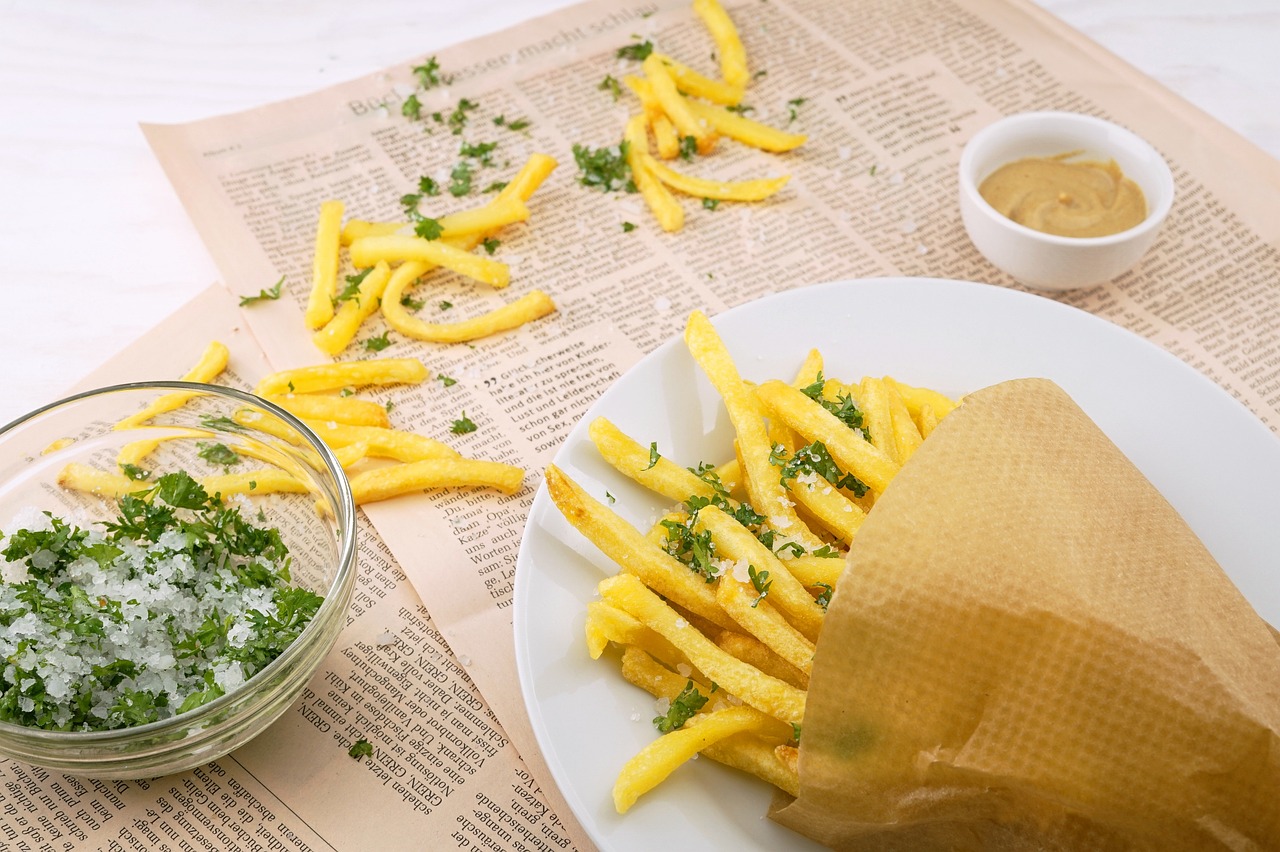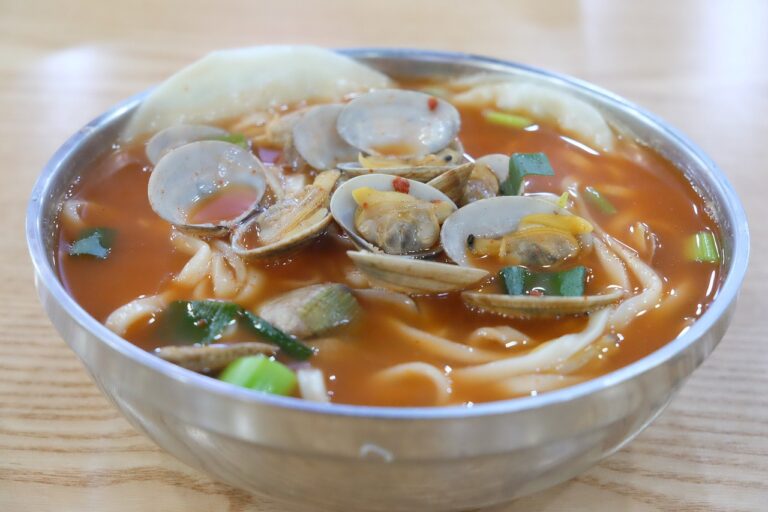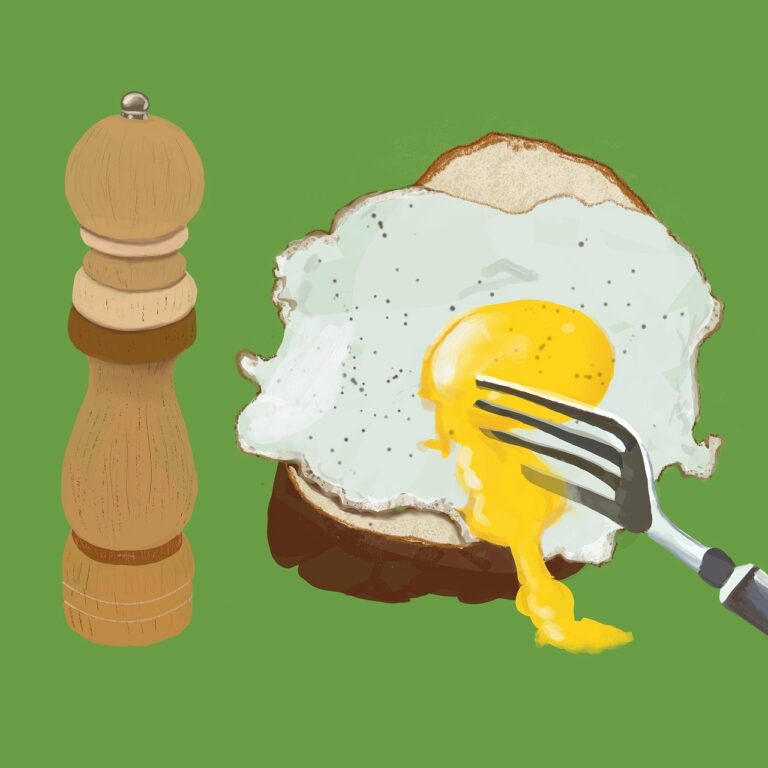Edible Packaging: A Sustainable Solution for Food Industry Waste
Edible packaging has emerged as a sustainable solution to the ever-growing issue of plastic waste contamination. By opting for edible packaging, companies can significantly reduce their environmental footprint by eliminating the need for traditional plastic packaging. This innovative approach not only helps in reducing plastic usage but also promotes the concept of zero waste, leading to a healthier environment for future generations.
Moreover, edible packaging provides a convenient and eco-friendly alternative for consumers who are increasingly conscious of the impact of their choices on the environment. As more people embrace the importance of sustainability, the demand for edible packaging is on the rise. This shift towards eco-friendly packaging options is a promising step towards a cleaner and greener planet, encouraging a shift in consumer behavior towards more environmentally responsible choices.
• Edible packaging helps in reducing plastic waste contamination
• Eliminates the need for traditional plastic packaging
• Promotes the concept of zero waste for a healthier environment
• Provides a convenient and eco-friendly alternative for consumers
• Demand for edible packaging is on the rise as people embrace sustainability
• Shift towards eco-friendly packaging options encourages more environmentally responsible choices
Types of Materials Used in Edible Packaging
Edible packaging is a sustainable alternative to traditional plastic packaging that not only reduces waste but also provides added benefits. Some common materials used in edible packaging include seaweed, corn starch, and rice paper. These materials are biodegradable, making them a more environmentally friendly option.
Seaweed-based packaging is becoming increasingly popular due to its flexibility and ability to mold to various shapes. Corn starch is another commonly used material that is lightweight and can be easily dissolved in water, reducing the need for excessive disposal. Rice paper, on the other hand, is known for its durability and ability to protect products from moisture and air exposure. These materials showcase the versatility of edible packaging in offering sustainable solutions for reducing plastic waste.
Impact of Edible Packaging on Food Preservation
Edible packaging has revolutionized the way we think about food preservation. By using materials that are not only eco-friendly but also safe for consumption, edible packaging helps extend the shelf life of various perishable goods. This innovative approach ensures that food stays fresh for longer periods, reducing the risk of spoilage and minimizing food waste.
Furthermore, edible packaging serves as a protective barrier against external elements that can affect the quality and safety of food products. The natural properties of these materials create a protective layer that helps prevent moisture loss, contamination, and oxidation. As a result, the nutritional value and freshness of the packaged food are preserved, offering consumers a sustainable and practical solution to food preservation.
What are the benefits of edible packaging in reducing plastic waste?
Edible packaging helps in reducing plastic waste by providing a sustainable alternative that can be consumed along with the food, eliminating the need for disposal.
What types of materials are used in edible packaging?
Edible packaging can be made from a variety of materials such as seaweed, starches, proteins, and lipids, which are all safe for consumption.
How does edible packaging impact food preservation?
Edible packaging can help extend the shelf life of food products by providing a protective barrier against moisture and oxygen, thus preserving the freshness and quality of the food for a longer period.







